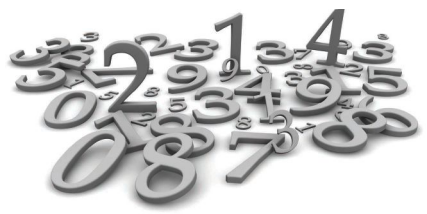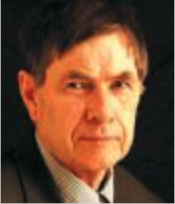 Jon Rokne, a Life Member from Alberta, Canada, wrote an article in the summer 2022 issue of IEEE Canadian Review called “An interesting number.” He observes that 81, his age, is interesting from a mathematical point of view.
Jon Rokne, a Life Member from Alberta, Canada, wrote an article in the summer 2022 issue of IEEE Canadian Review called “An interesting number.” He observes that 81, his age, is interesting from a mathematical point of view.
The Number 81
I was 81 years old a few days ago, and, because of this, I wondered if the number 81 was interesting. In order to determine this, I had to consider two aspects of numbers.
The first aspect is the actual counting aspect. That is, what does a number represent? The answer is that it is an abstraction of a set of items with some common properties. We say that there are four nuts, and it is immediately understood that the items are nuts and that there are four of them. Properties that rely on the counting aspect of a number are denoted as being intrinsic properties of a number in this discussion.
The second aspect is the representation of a number. For small numbers, there are special symbols, such as 1, 2, 3, and so on. When we run out of these special symbols, we group them together and use a positional system where the location of a digit implies that it has been multiplied with a power of a so-called base. The usual base is 10, and this means that, as an example, the number 123 represents 3 2 1 0 1 10². Properties that depend on the representation of a number are denoted as representational properties…
About the Author
 Jon Rokne is a professor and former head of the Computer Science Department at the University of Calgary. Educated in Norway and Canada, he obtained a Ph.D. in mathematics from the University of Calgary. He chaired the Computer Science Department at the University of Calgary from 1989 to 1996. He has published extensively in mathematics and computer science, including coauthorship of the Encyclopedia of Social Network Analysis and Mining. He is also a co-organizer of the IEEE/Association for Computing Machinery ASONAM Conference series. He has been extensively involved with IEEE activities, including having been the IEEE Publications Services and Products Board vice president in 2009–2010, holding membership on a number of boards and committees, and developing several new IEEE transactions and magazines.
Jon Rokne is a professor and former head of the Computer Science Department at the University of Calgary. Educated in Norway and Canada, he obtained a Ph.D. in mathematics from the University of Calgary. He chaired the Computer Science Department at the University of Calgary from 1989 to 1996. He has published extensively in mathematics and computer science, including coauthorship of the Encyclopedia of Social Network Analysis and Mining. He is also a co-organizer of the IEEE/Association for Computing Machinery ASONAM Conference series. He has been extensively involved with IEEE activities, including having been the IEEE Publications Services and Products Board vice president in 2009–2010, holding membership on a number of boards and committees, and developing several new IEEE transactions and magazines.



